The first week of October is peak falcon time on Martha’s Vineyard. Kestrel, merlin and peregrine falcons pass by the Vineyard on their migration south. When the conditions are right, some days can be spectacular, with quite a few in the sky at once. A day tally of as many as 20 peregrines can be seen. It is quite a sight to see them chasing and screaming at each other. Pity the poor little land bird that gets in the middle of that. Whoo boy.
Some think falcons are best seen on a northwest wind — but then you can see good numbers on a southwest wind. You never know. Like fishing, you need to put in your time and be there when the action happens.
Off the Gay Head Cliffs on Sunday, Oct. 1, a few birders watched an adult peregrine just floating in the sky against a heavy 20-mile per hour winds yet with no difficulty at all. The strong winds don’t seem to bother the birds.
Peregrine falcons will also perch on the cliffs waiting for their next meal. They wait for a clueless flicker, finch or warbler to venture out into the open.
Peregrines breed as far north as the arctic tundra and some migrate as far south as Tierra Del Fuego. They are thought to be the fastest birds alive. A World War II fighter plane clocked at 200 miles per hour was in a dive and a peregrine passed right by. The pilot figured the bird was traveling at least 210 miles per hour. Current studies claim in a dive, or “stoop,” a peregrine can achieve speeds up to 220 miles per hour.
Unlike peregrines, merlins are found streaking low along the bushes and just above the tree line for their sneak attacks. Kestrels are a little smaller and lighter. They are the only falcon that regularly hovers. So when you see a small falcon hovering over a field, you can expect the bird to be a kestrel.
Falcons have incredible eyesight. For example, from the top of the John Hancock building, a kestrel can see a mouse on the pavement below.
In October — in addition to watching falcons — you can also see many other species. Tree swallows can be seen in huge flocks after breeding. For food and safety, flocks can be seen roosting and flying along the dunes and beaches across the Island, from Chappy, along Katama and down to Aquinnah.
In the fall we also look for some uncommon birds from the Midwest: dickcissel, clay-colored sparrow, lark sparrow and blue grosbeak, to name a few. Dickcissels can often be found within a resident flock of house sparrows. I found one on Thursday with the house sparrows around Aquinnah Circle. Check those flocks of sparrows around feeders and you might be rewarded with a dickcissel. A week ago, in the pouring rain, Nancy Nordin, Janet Woodcock and Nancy Weaver found a merlin perched in the dead tree off the large dirt parking lot in Aquinnah. This tree is always a good p lace to check for falcons, especially merlins. We should start calling this spot “the merlin tree:” the dead branches serve as an advantageous perch for merlins as they hunt and rest on migration.
The great cormorants are in. They will commonly be seen first in the fall on the big rock at Pilots Landing in Aquinnah and at the big rock off Squibnocket Beach. You can easily see the size difference when they are seen with double-crested cormorants; the great cormorants are much larger.
On Sept. 27, Dana Bangs found a lark sparrow near the Aquinnah Circle and shops at the cliffs. Andrea McCauley spotted a pair of ravens flying over her farm on Chappy. In Katama, Chris Scott had Nashville, Cape May, magnolia and palm warblers.
Nancy Nordin, Janet Woodcock and Nancy Weaver were out on Little Beach and at Eel Pond on Sept. 28 and found nine lesser yellowlegs. Lanny McDowell and Jeff Peters were up in Aquinnah and found a few nice birds. Highlights were a clay-colored sparrow and a dickcissel. The clay-colored sparrow has a distinctive field mark that separates it from the chipping sparrow. The chippy has a dark line through the eye to the beak and the clay-colored does not.
Jacob Llodra was birding Sheriff’s Meadow Pond on Sept. 30 and spotted a merlin. Charlie Morano found an American pipit at Ceder Tree Neck.
On Oct. 1, Nancy Nordin, Thaw Malin, Cynthia Bloomquist and Nancy Weaver met up in Aquinnah and were rewarded with the sight of a male peregrine floating over the cliffs right into a stiff north-northeast wind. Along Lighthouse Road they picked up a yellow-breasted chat. At the Gay Head Moraine, they found a male black-throated blue warbler.
October is a great month for birdwatching. Let’s go out and find some birds!
Please email your sightings to birds@vineyardgazette.com.
Bob Shriber has been a lifelong birdwatcher on Martha’s Vineyard.

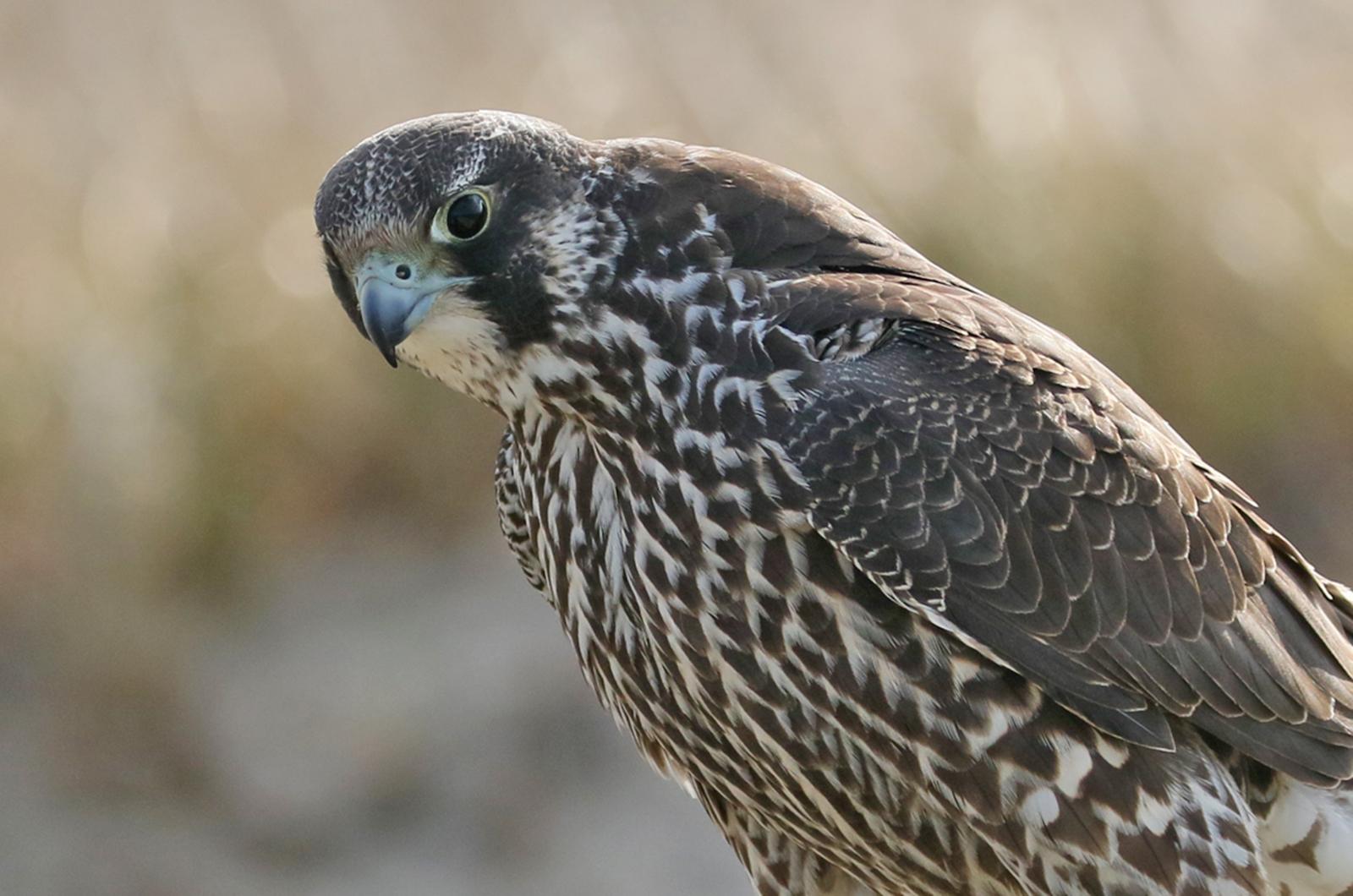
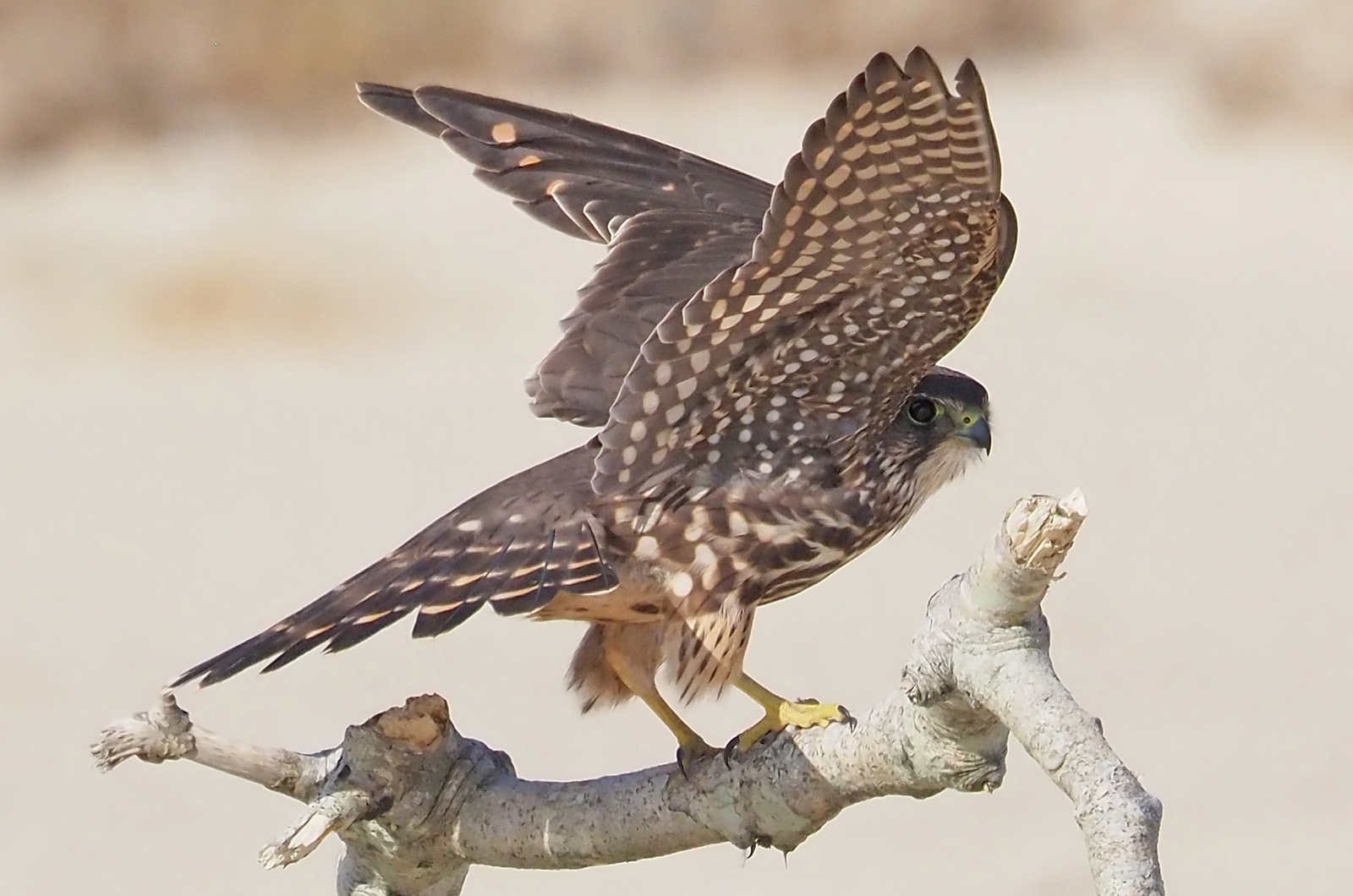
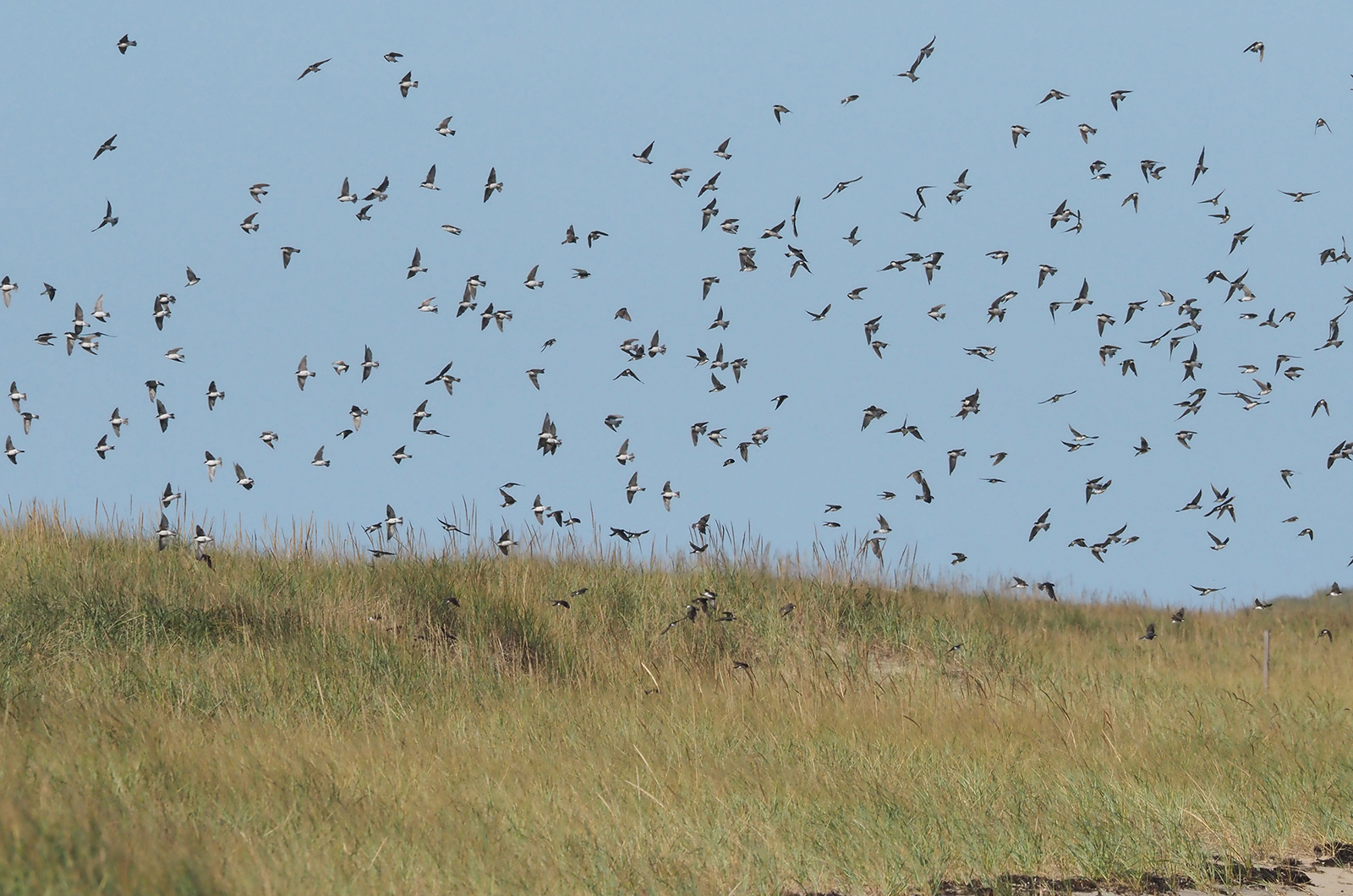
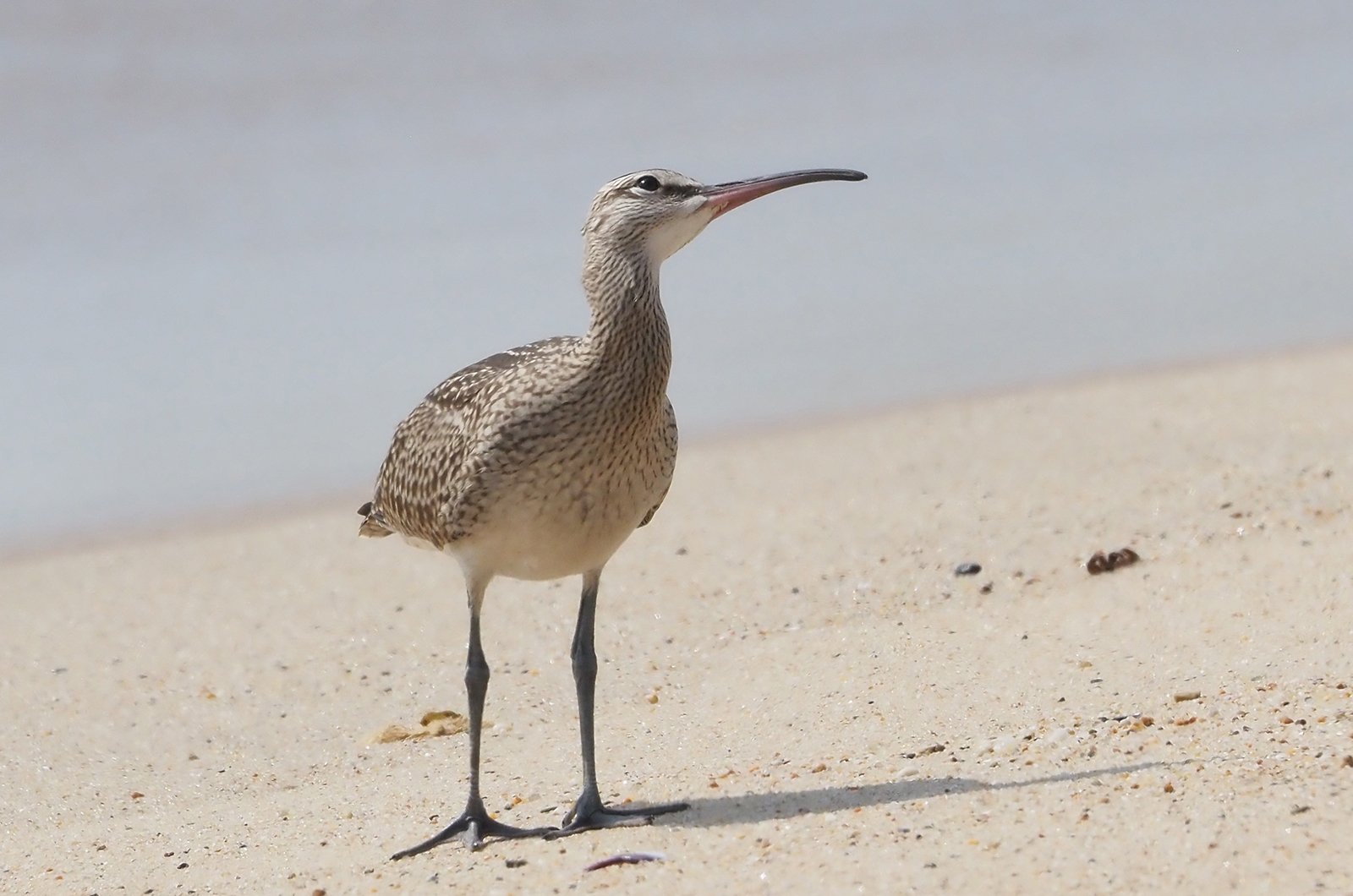
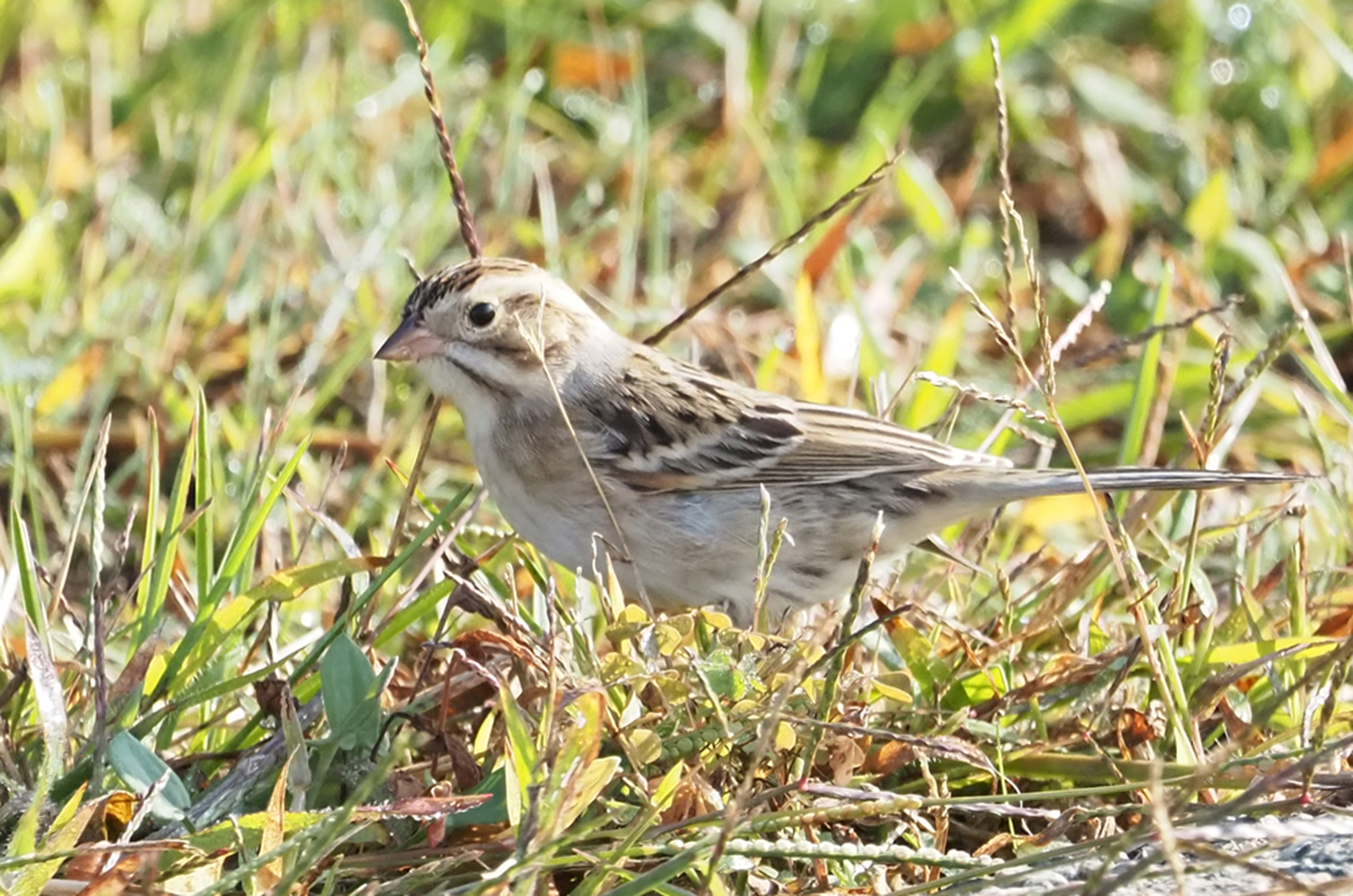


Comments
Comment policy »